In the accounts of June 9-10 meeting, ECB said, “it was stressed that the recovery was at an early stage and lacked robustness, as it depended heavily on policy support”. The projected path for the economy was ” was subject to significant uncertainties and risks”. An ” undue tightening of financing conditions at the current juncture could jeopardise the ongoing economic recovery and the outlook for inflation.”
Hence, “a noticeable slowing of the pace of purchases for the next quarter was therefore seen as inappropriate at the current juncture”. A remark was even made that, “in view of the persistent inflation shortfall projected in the June staff projections, even an increase in asset purchases as the main monetary policy instrument could be justified at present.”
Nevertheless, “in view of the better outlook for growth and inflation and the associated upside risks, it was, however, also argued that, to provide the same degree of accommodation, asset purchases should be scaled back somewhat.” Concerns were also expressed about potential side effects “if the highly accommodative monetary policy stance was maintained much longer.”
Overall, most members consent that net PEPP purchases should continue at a significantly higher pace in Q3. But the “reaction function” on purchases would “continue to rely on a joint assessment of financing conditions and the outlook for inflation over the medium term”.
Full meeting accounts here.




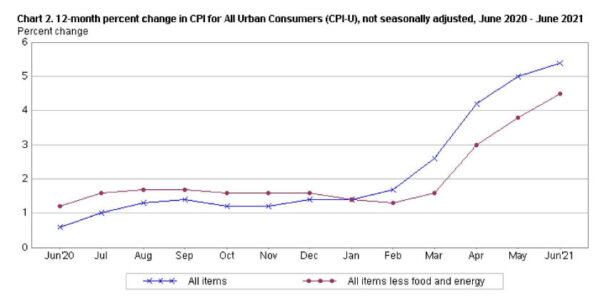
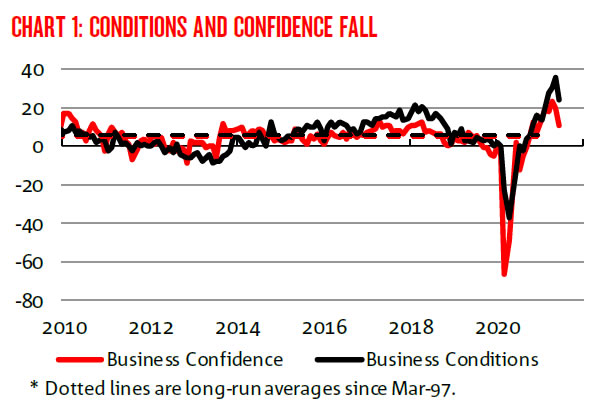

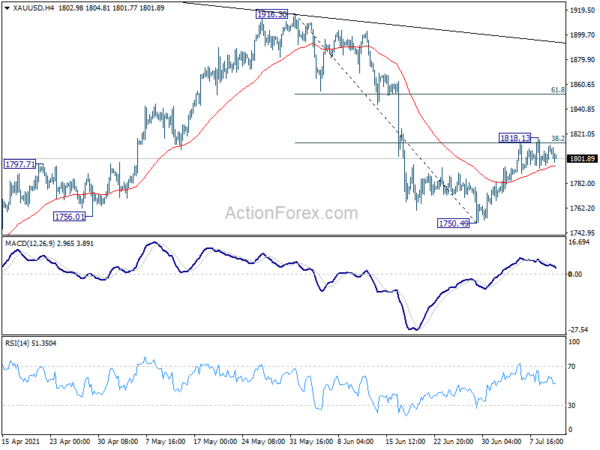
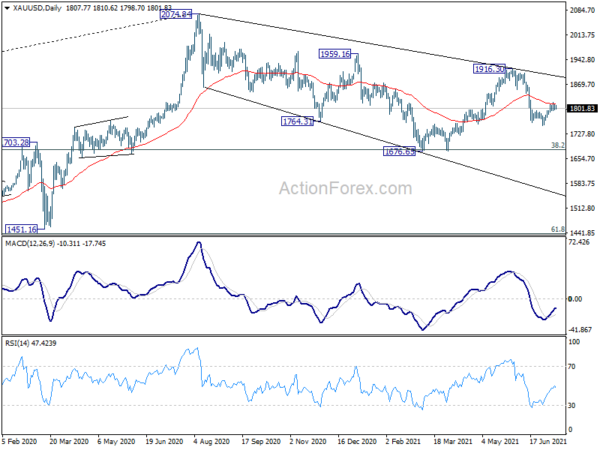
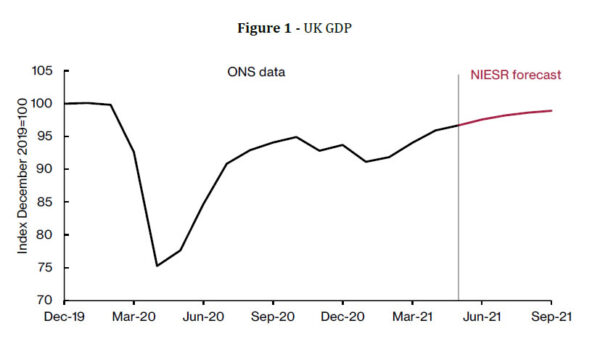
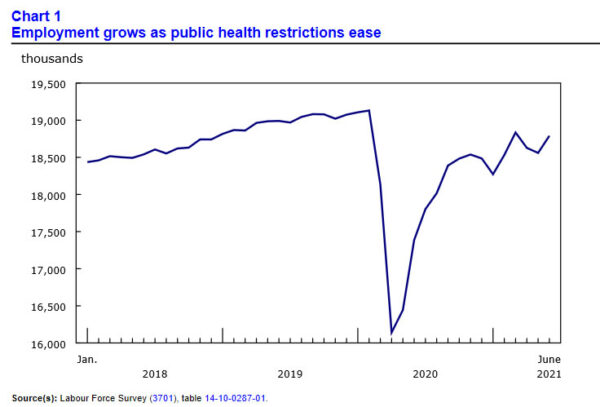
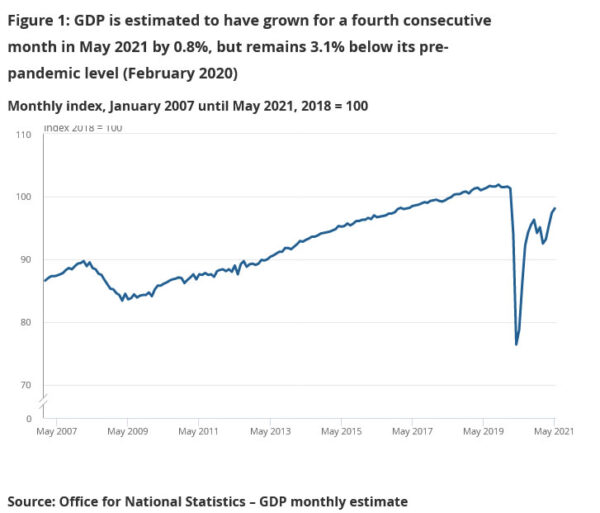

RBNZ halts asset purchases, NZD/JPY jumps
RBNZ surprised the markets as it announced to halt the additional asset purchases under the Large Scale Asset Purchase (LSAP) program by July 23. Meanwhile, OCR was kept unchanged at 0.25%. and the Funding for Lending Program was maintained. The Committee agreed that “the level of monetary stimulus could now be reduced to minimise the risk of not meeting its mandate.”
The central bank said the economy “remains robust” despite ongoing impact from international border restrictions. Aggregate economic activity is already “above its pre-COVID-19 level”. It expected “near-term spikes” in headline CPI in Q2 and Q3, reflecting “one-off” or “temporary” factors. In the absence of any further significant shocks, “more persistent consumer price inflation pressure is expected to build over time due to rising domestic capacity pressures and growing labour shortages”.
New Zealand Dollar jumps broadly after the surprised move by RBNZ. NZD/JPY is back above 77 handle after hitting 75.95 last week. Overall outlook is unchanged that price actions from 80.17 are seen as a correction to rise from 68.86 only. We’d expect strong support from 38.2% retracement of 68.86 to 80.17 at 75.84 to complete the correction.
Focus will now turn to whether current rebound could extend through 78.75 resistance to indicate that such correction has completed. In this case, stronger rise would be seen back to retest 80.17 high first.